Marco van Duyvendijk
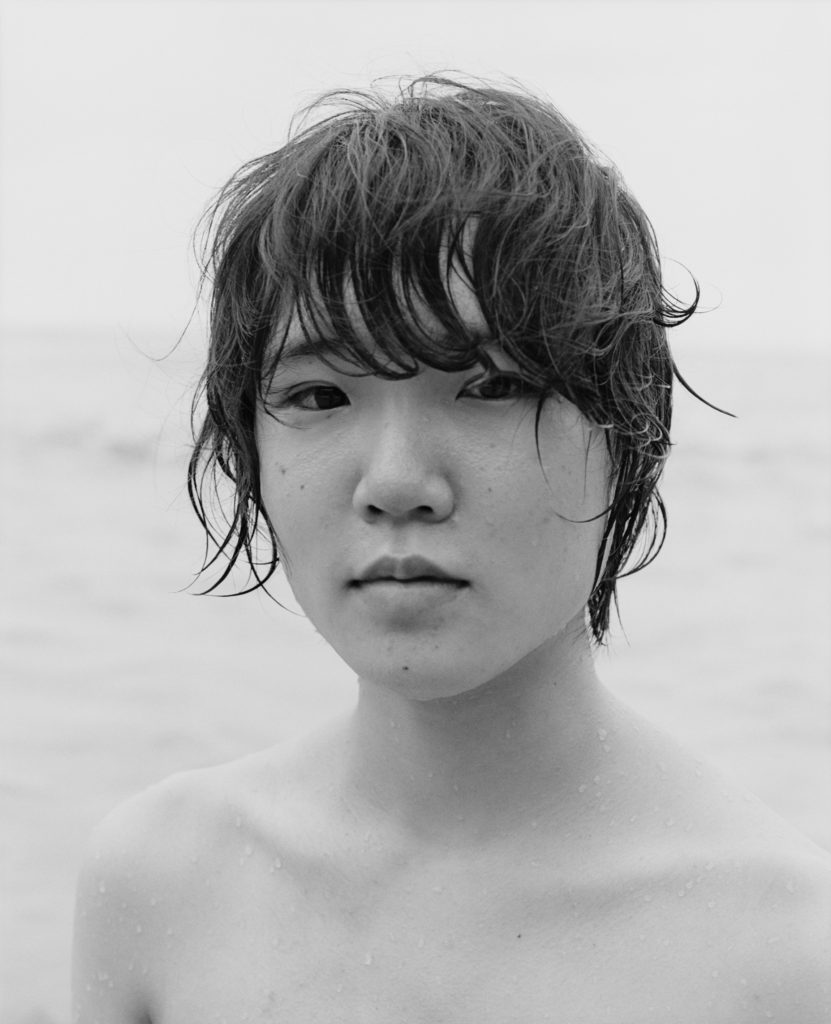
Amami 奄美
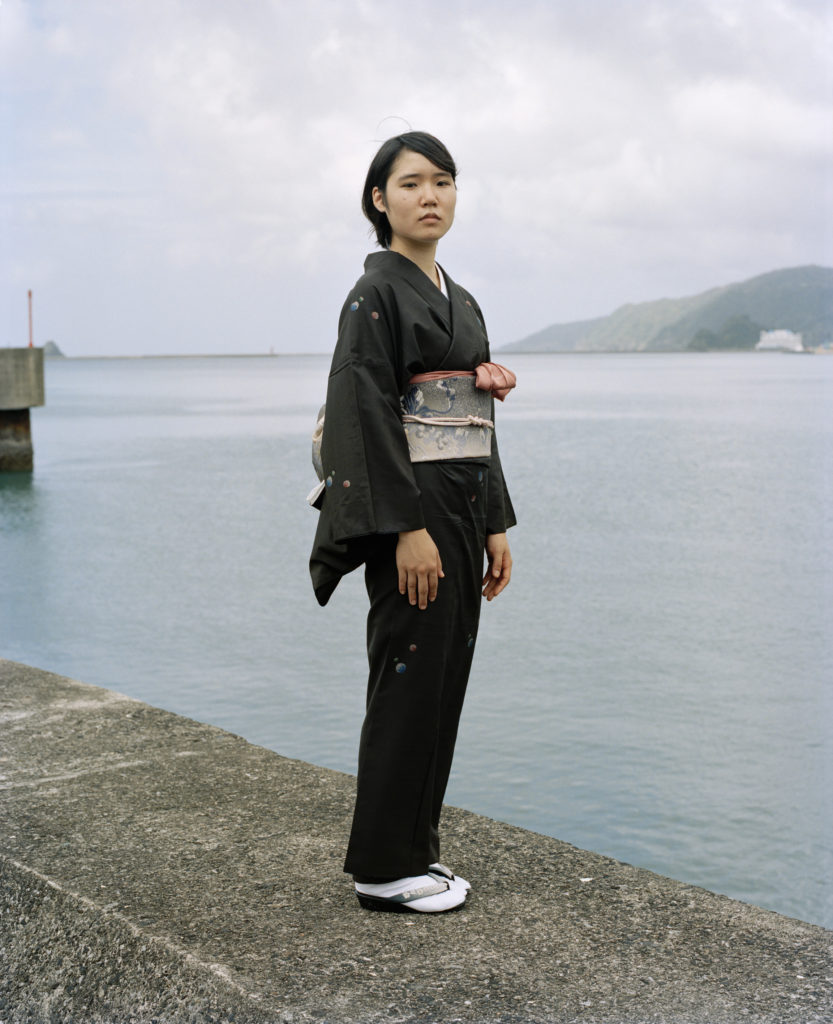
Amami 奄美
Marco van Duyvendijk is a self-taught photographer from the Netherlands. For him, photography is a journey. His subtle use of color characterizes the photographs he made on his travels through
Eastern European countries and Asia. We are pleased to present a selection of approximately 30 works, mostly shot in Amami-Oshima and Kyoto, Japan. We hope you will enjoy his works with
dreamlike and nostalgic atmosphere along with the exclusive interview with him.
マルコ・ヴァン・ダイヴァンデイクはオランダ在住の独学の写真家です。彼にとって写真は旅です。彼が東欧諸国やアジアの国々を旅して撮影した作品は、非常に繊細な色使いが特徴的です。この度は、奄美大島や京都で
撮影された作品を中心に約30点の作品をご紹介いたします。彼の幻想的で懐かしさの感じられる作品の数々をインタビュー記事と共にお楽しみくださいませ。
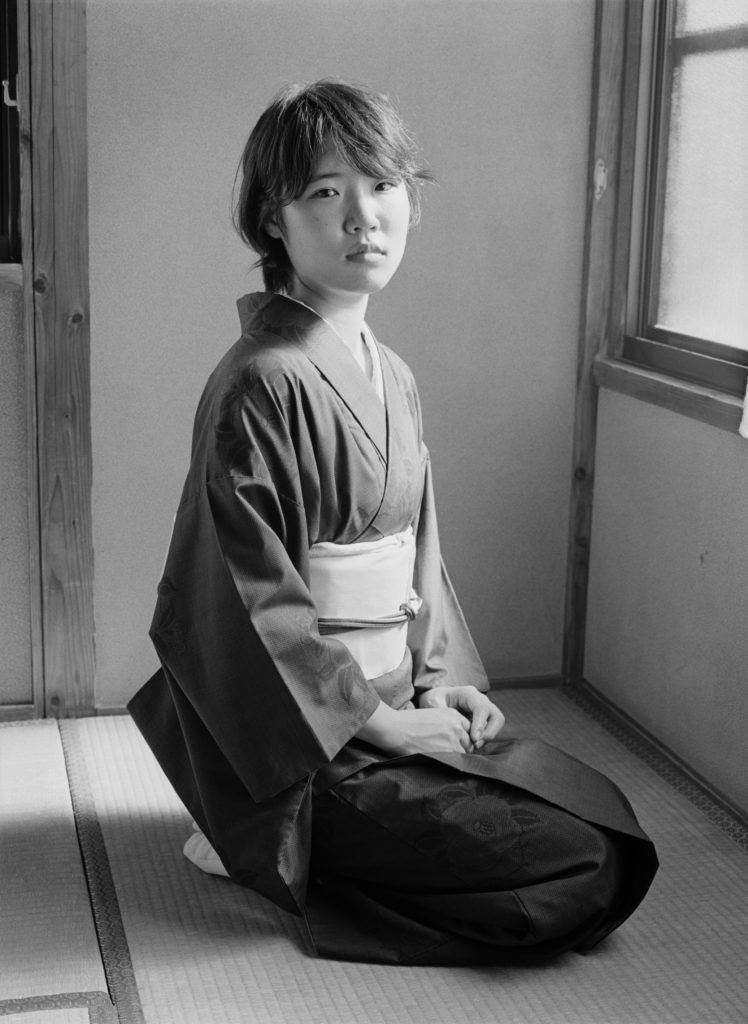
Amami 奄美

Amami 奄美

Amami 奄美
INTERVIEW
-Firstly, will you tell us how you started photography?
As a teenager I was interested in photography already. I made pictures with my friends and we learned how to develop and print our own photos. Later, as a student I studied psychology at the
university and it was such a great study: I had lots of free time, so I could dedicate all my time to photography. I think I spent more time making prints in the darkroom than following lectures
at the university. After I graduated from university I decided to become a photographer. I knew I was not good enough yet, so to get more experience I moved to Romania for one year and there
I worked hard to improve and create my own style.
-まず、写真を始めたきっかけを教えていただけますか?
十代の頃にはすでに写真に興味を持っていました。友人と写真を撮っては現像したりプリントしたりしていました。後に、学生として大学で写真を学びましたが、非常に為になりました。自由な時間はたくさんあったので、
写真の全ての時間を費やすことができました。大学で講義に参加するより、暗室でプリントを作成する時間の方が多かったと思います。大学卒業後は、写真家になることに決めました。まだ未熟だとはわかっていましたが、
もっと経験値を積むためにルーマニアへ引っ越して、そこで1年間技術を磨き独自のスタイルを築きました。
-Where is the main base of your current activity as a photographer?
I am based in Rotterdam, the Netherlands, but I hardly take pictures here. I prefer to take photos when I am traveling. At the beginning of the year I was in Japan, Taiwan and Philippines, but now I
have to patient and wait until I can travel again. Two weeks ago I went to Rome, Italy, to take black and white photos of pine trees. It was more like exercise for me. I really missed the sound of my
camera, so I was happy to explore the city and take photos again.
-写真家としての現在の活動拠点はどちらですか?
私はオランダのロッテルダムに在住していますが、そこではあまり撮影はしません。旅の途中に写真を撮ることが好きです。今年の初め、私は日本、台湾、フィリピンにいました。しかし今は、また旅ができるようになるま
で辛抱強く待たなくてはなりません。2週間前に、松の木の白黒写真を撮影するために、イタリアのローマへ行きました。この旅は私にとっては軽い運動のようなものでした。カメラの音が恋しかったですし、街を歩き回っ
て写真を撮ることができたとても嬉しかったです。
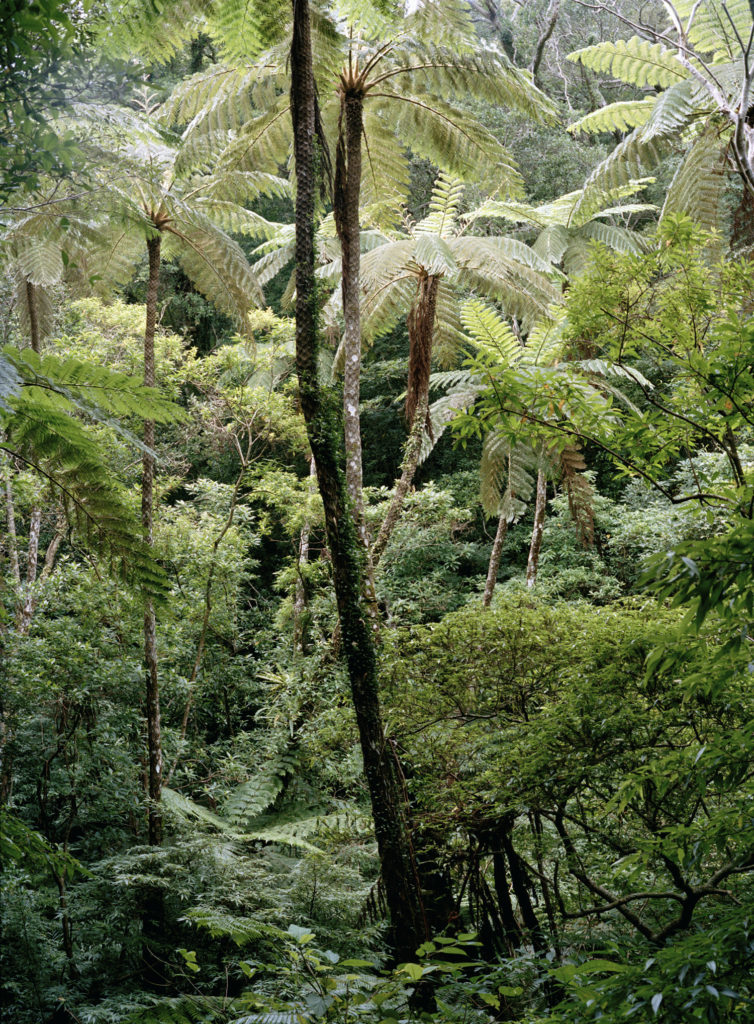
Amami 奄美
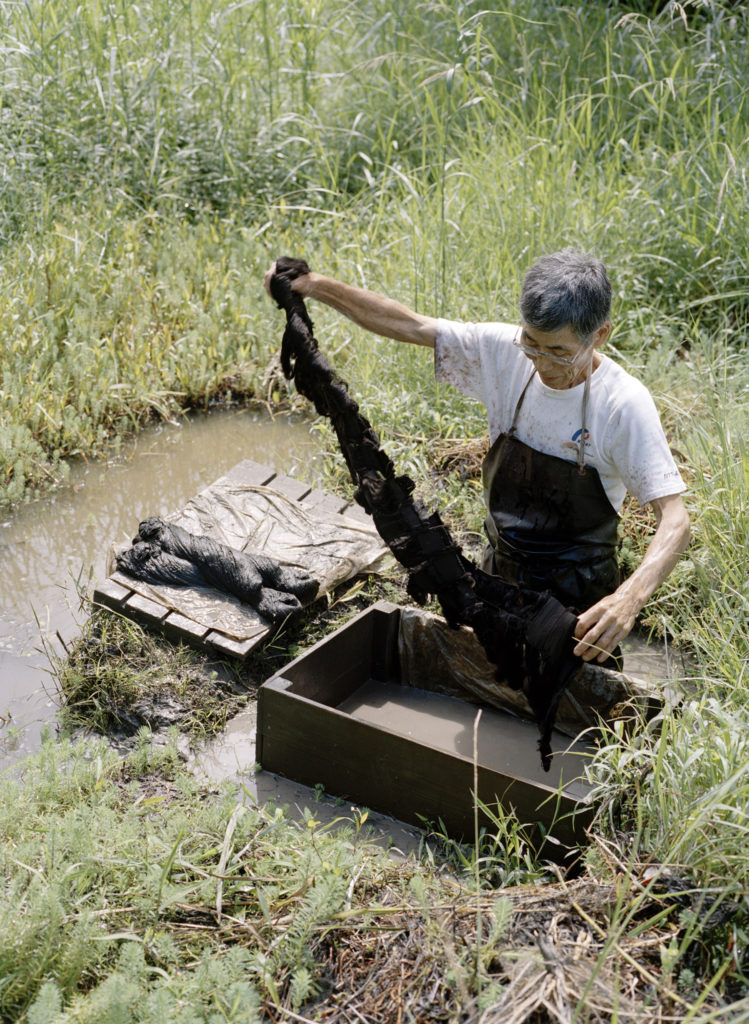
Amami 奄美
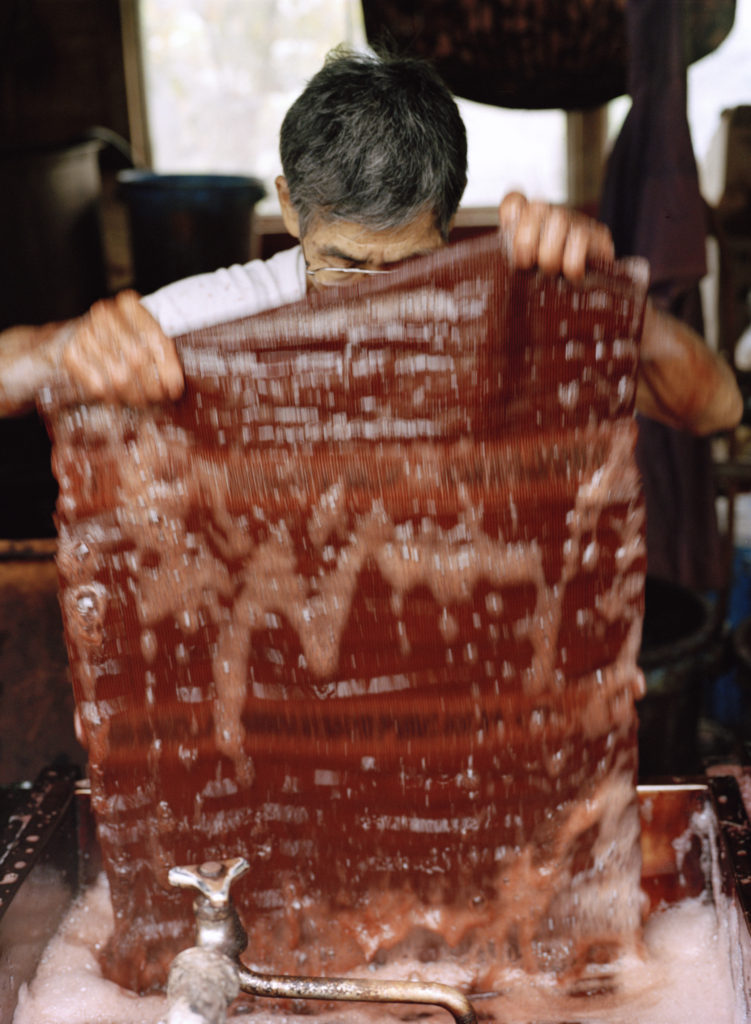
Amami 奄美

Amami 奄美
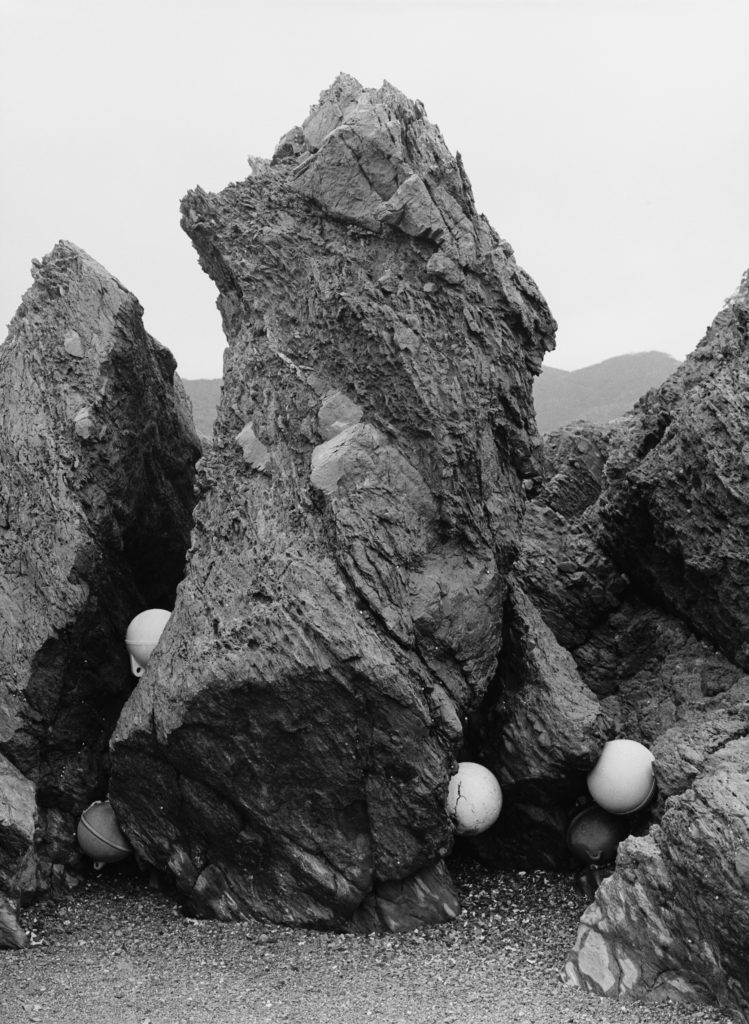
Amami 奄美
-Please tell us about the selection of works you have chosen for this exhibition.
Most of the pictures I sent you are from Japan. One of the series is about Riko. She is a butoh dancer, living in Kyoto. Before I met her I had never heard of butoh before and I was fascinated by it, so I
asked her if we could do a project together. She danced for me and I photographed her in the studio and in the forest. I made a little photo book about Riko and I had an exhibition with the project
in a photography museum in Amsterdam. She also came to Amsterdam during the exhibition and performed in the museum. It was so beautiful! Another photo book I made is about the kimonos
of Amami Oshima. I read an article about those kimonos in the New York Times and it sounded so beautiful that I really wanted to go there and document the process of creating and weaving. I
asked my friend in Kyoto to come with me. She had once surprised me to wear a kimono when we were visiting Saiho-ji temple and I was so impressed with that day that I really wanted her to come
to Amami Oshima too and wear the kimonos there.
–今回の展覧会のためにセレクトされた作品についてお聞かせください。
今回紹介しているのは、主に日本で撮影した写真です。シリーズの一つは「リコ」についてです。リコは京都に住んでいる舞踏家です。それまでは舞踏について何も知らなかったのですが、彼女に会って魅了され、写真の
プロジェクトを是非一緒にやりたいとお願いしました。彼女は私のために踊ってくれて、私はスタジオや森の中で彼女を撮影しました。リコに関しては、写真集も製作し、アムステルダムの写真美術館で個展も開きました。
リコはアムステルダムにも来てくれて、美術館でパフォーマンスを披露してくれました。とても美しかったです!
もう一冊、奄美大島の着物に関する写真集も制作しました。以前ニューヨークタイムズ紙でその着物についての記事を読んだことがあり、とても美しいものだと感じて、現地に行って制作現場や過程を撮影したいと思いまし
た。奄美大島には、京都にいる友人に一緒に来てもらいました。以前、京都の西方寺を訪れた時に、着物を着て来た彼女に大変驚きました。彼女の着物姿の美しさが非常に強く印象に残っていたので、奄美にも一緒に来て
もらって着物を着てもらいたいと思ったのです。
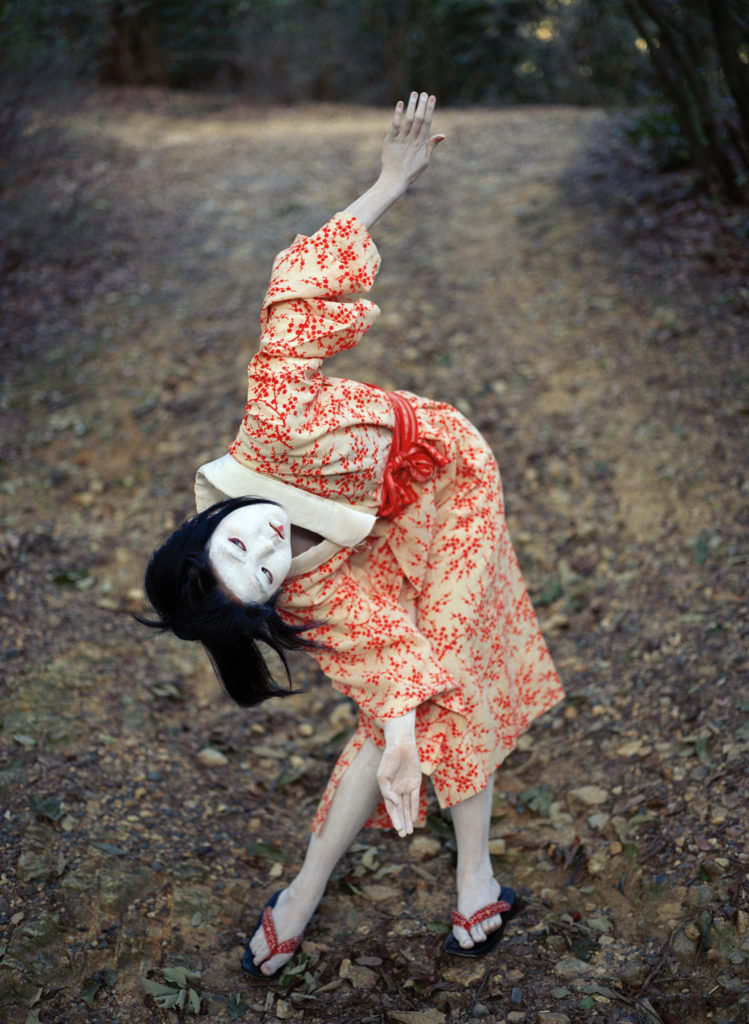
Riko
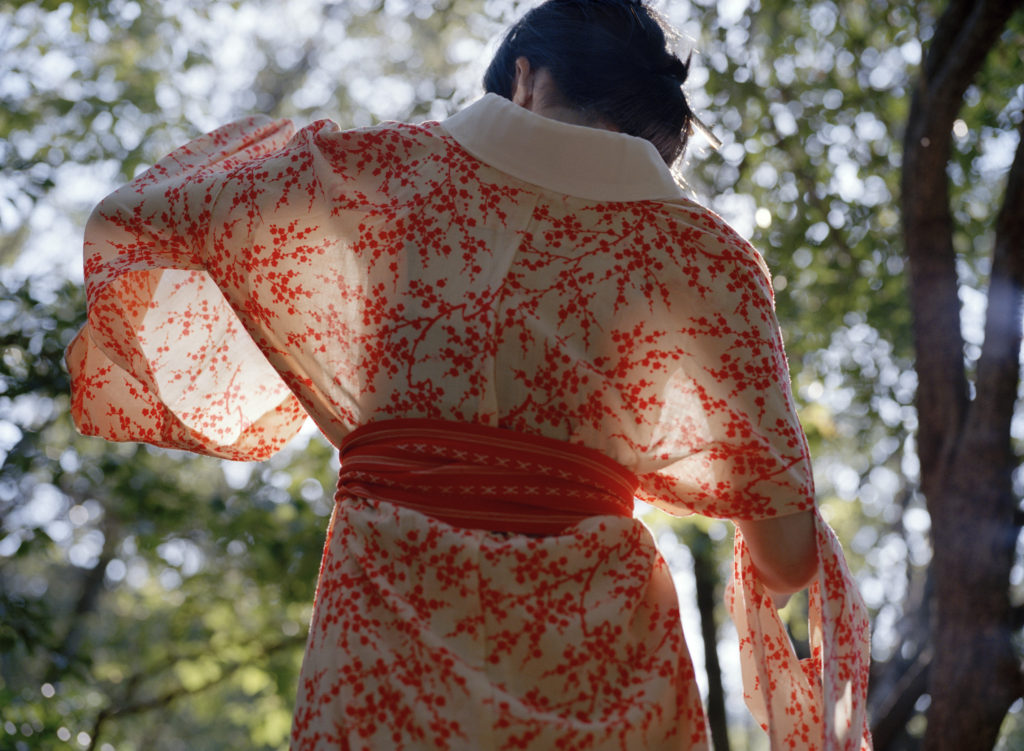
Riko
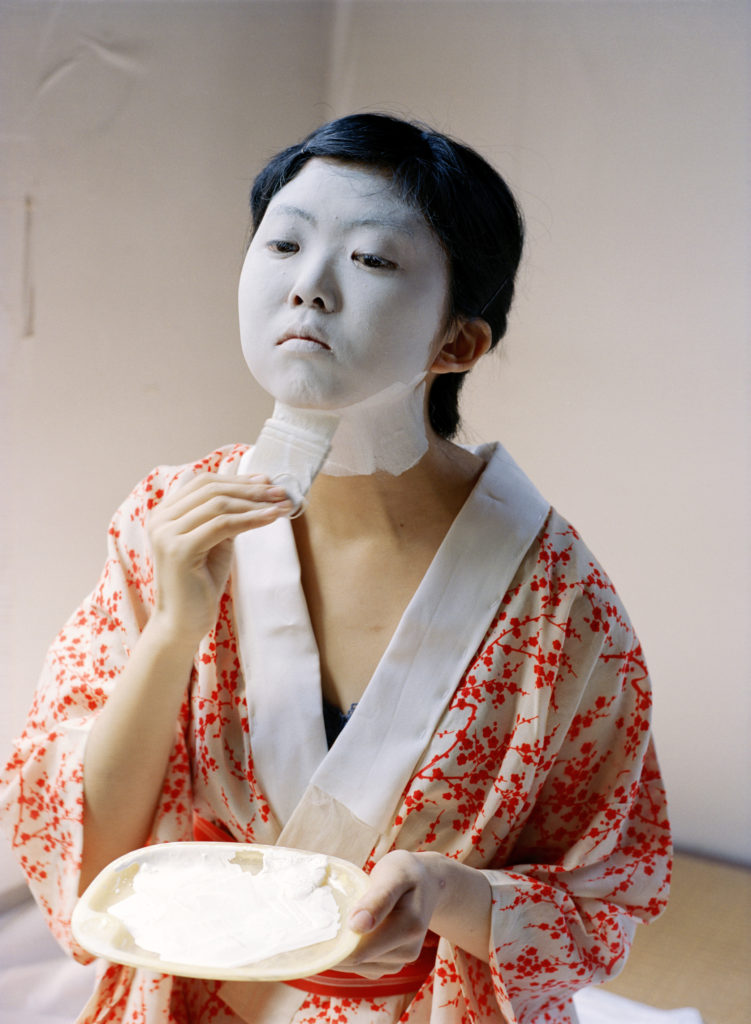
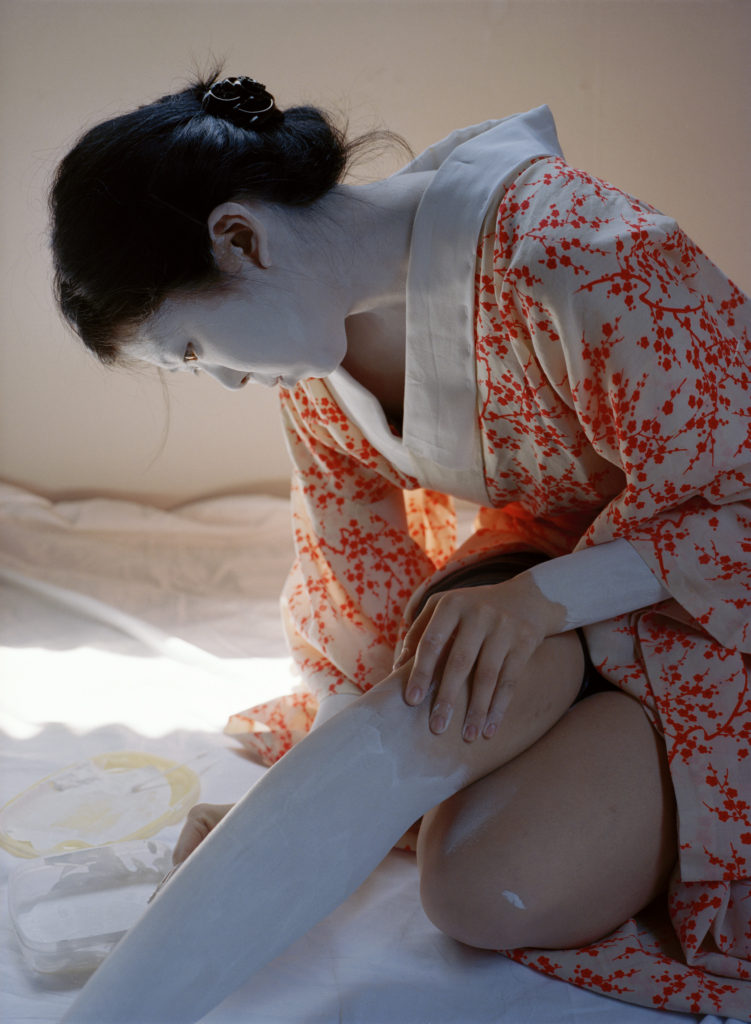
Riko
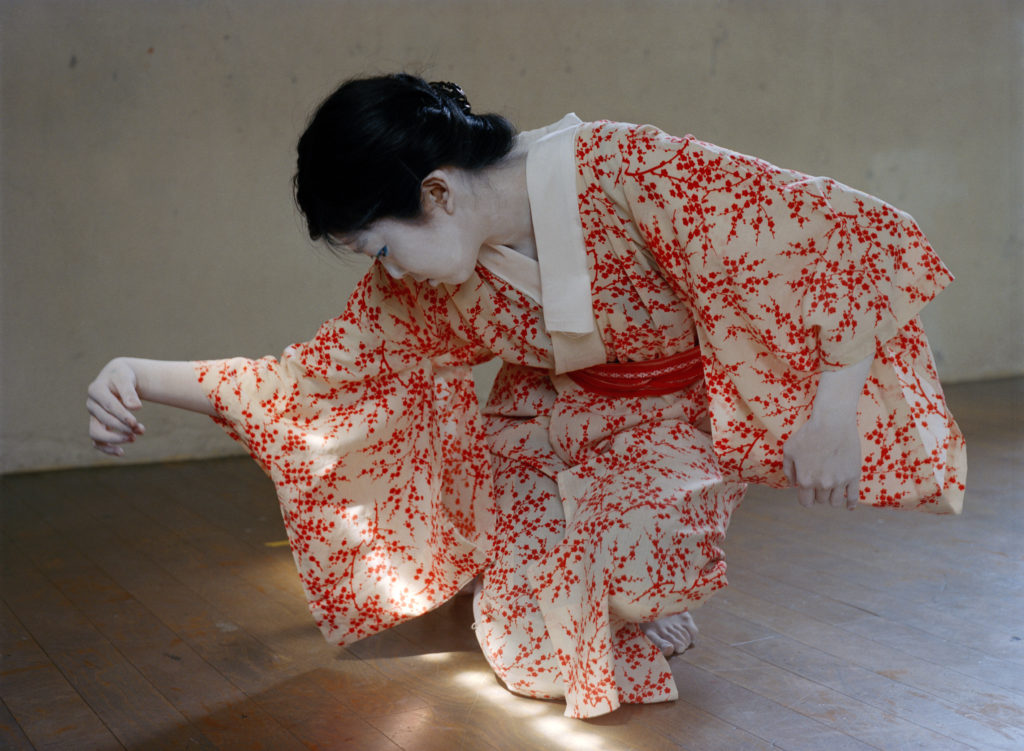
Riko
-Your works from “Japan” seem to have been created from a very unique perspective and somehow nostalgic to us Japanese. Is there anything you intend to do in particular when shooting to create
this kind of impression?
I think it all happened in a natural way. When I first visited Japan I was staying mostly in Tokyo and I was taking pictures with the big city life and pop culture. These last years I feel more attracted to
more quiet places. I feel comfortable at the seaside. I loved being on Amami island and last January I visited Rebun island and Rishiri island, in North Hokkaido. Life is quiet there so automatically
my photos got a more nostalgic feeling. It is like time is standing still in those places, but I like that feeling, I want my photos to be a bit timeless.
-「日本」の作品は独特な視点で制作されていて、日本人の私たちにとってはどこか懐かしい感じがします。このような印象を作り出すために、撮影の際に何か心掛けていることはありますか?
全ては自然になされたことだと思います。初めて日本を訪れた時、主に東京に滞在し大都市やポップカルチャーの写真を撮っていました。ここ数年は、もっと静かな場所に惹かれています。海辺に居心地の良さを感じます。
奄美大島がとても好きでしたし、去年の1月には北海道の北にある礼文島と利尻島にも行きました。そこでの生活は非常に静かで、自動的に撮影する写真は懐古的な雰囲気となりました。こういった場所では、まるで時間が
止まっているようです。私はそういう感覚が好きですし、自分の写真は少しでも時間を超越したものであって欲しいと思っています。
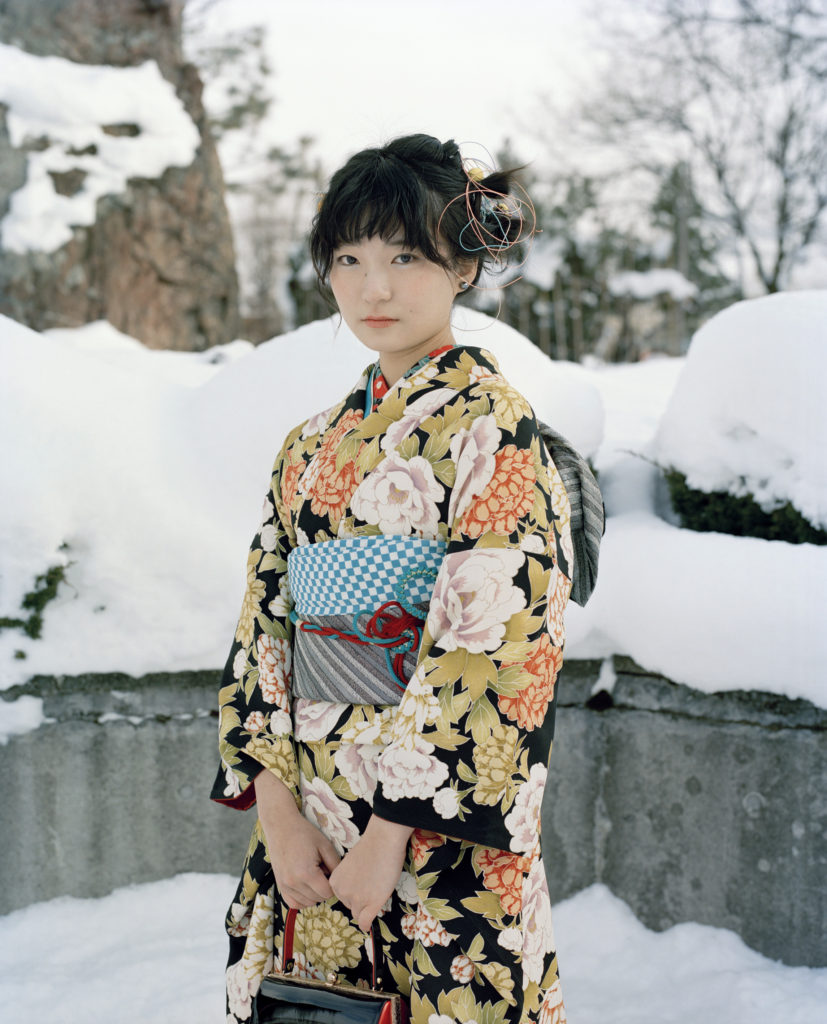
Asahikawa 旭川
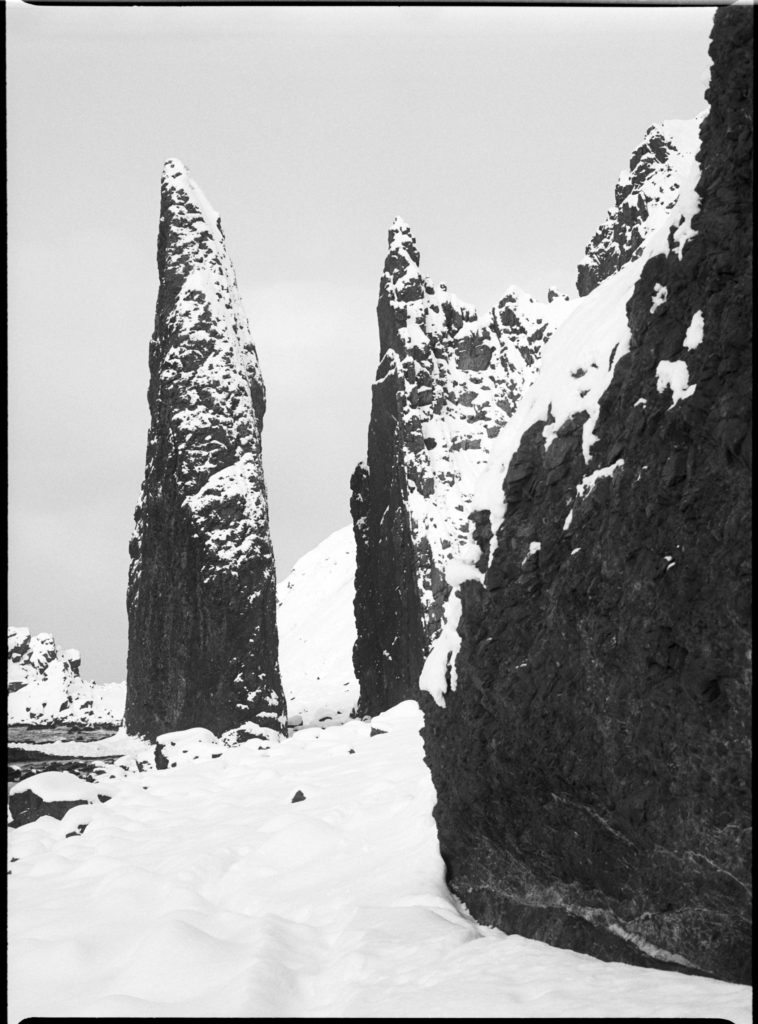
Rebun Island 礼文島
-There are a lot of photographic images taken in Asian countries, what is it about Asia that appeals to you?
When I started as a photographer I only went to Eastern Europe, but after projects in places like Abkhazia and Nagorno-Karabakh, where it was difficult to work and there was a lot of tension, I felt
that it was not good for me anymore. I felt damaged. By chance I got the possibility to go to Mongolia. After that, again by chance, I could go to China, and these trips opened up a whole new world
for me. All of a sudden there were lots of new places to discover. I went to Taiwan, South-Korea, Indonesia, Japan. It is better for me. As for Japan, your country is always inspiring for me, because of
its art and aesthetics. I could write pages about all the Japanese literature, films and photography that I like.
-アジアの国々で数多くの作品を撮影されているようですが、あなたにとってアジアの魅力とは何でしょうか?
写真家になりたての頃は東欧ばかり行っていましたが、アブハジアやナゴルノ・カラバフなど、仕事が難しく緊張感のある場所でのプロジェクトを経て、もう自分には合わないと感じました。挫折を感じました。その時、
偶然にもモンゴルに行く機会を得ました。その後、またしても偶然に中国に行くことができ、これらの旅行が私にとって全く新しい世界を切り開いてくれました。新しい発見が突如としてたくさん現れました。台湾、韓国、
インドネシア、日本。その方が私にとっては良いのです。日本に関しては、みなさんの国の芸術と美学にいつも刺激を受けています。私が好きな日本の文学、映画、写真について何ページも書くことができるくらいです。
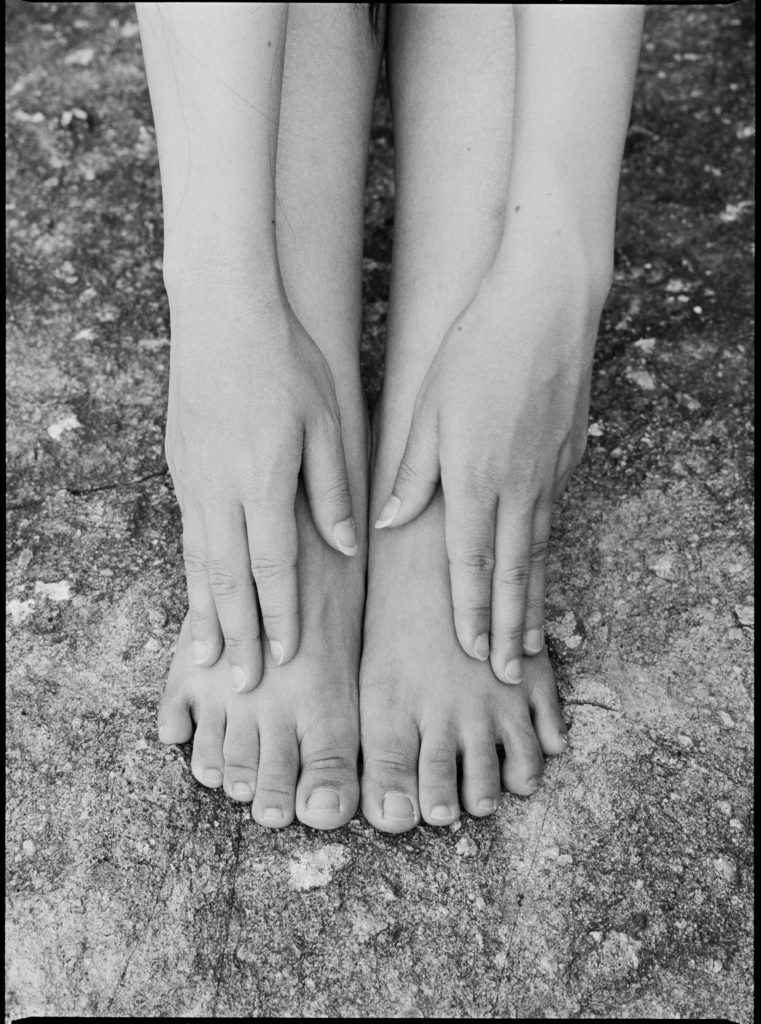
Hong Kong 香港

Hong Kong 香港
-What part of the creative process do you enjoy most, and what do you find most challenging?
To be honest I enjoy every part of the creative process and every part is a constant struggle as well. You have to challenge yourself all the time to make something beautiful. If I take pictures all day
and it feels like I worked well it is the best feeling there is, but last months I was experimenting a lot with making large prints on washi paper and that was good as well. I design my own photo
books and the whole process of selection, editing, finding a good rhythm and design, is also dear to me, but it takes me months of thinking and trying.
-制作過程において、最も楽しんでいらっしゃることは何ですか?また、最も難しいと感じることは何でしょうか?
正直に言うと、私はクリエイティブな課程を全て楽しんでいますし、全ての過程が絶え間の無い苦心であるとも言えます。何か美しいものを作り上げるには、常にチャレンジをしなくてはならないと思います。一日中写真を
撮っていて、うまくいったと感じられれば最高なのですが。。ここ数ヶ月は和紙に大きなプリントをしてみたりして、それは良かったですね。今自分で写真集のデザインをしているところで、写真集の選定、編集、デザイン
などのプロセスも大切ですが、何ヶ月もかけて考え、試行錯誤しています。
-Do you have any particular preference regarding cameras (equipment) you use?
I prefer to shoot on film and I am always using medium format cameras. I have three different models of Mamiya cameras and I always work with them.
-使用しているカメラ機材に何かこだわりはありますか?
フィルムで撮影することが好きで、いつも中判カメラを使っています。3種類のマミヤのカメラを持っていて、いつもそれらで撮影しています。
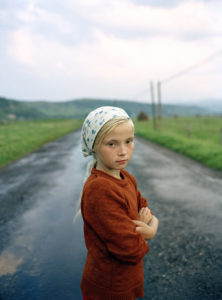
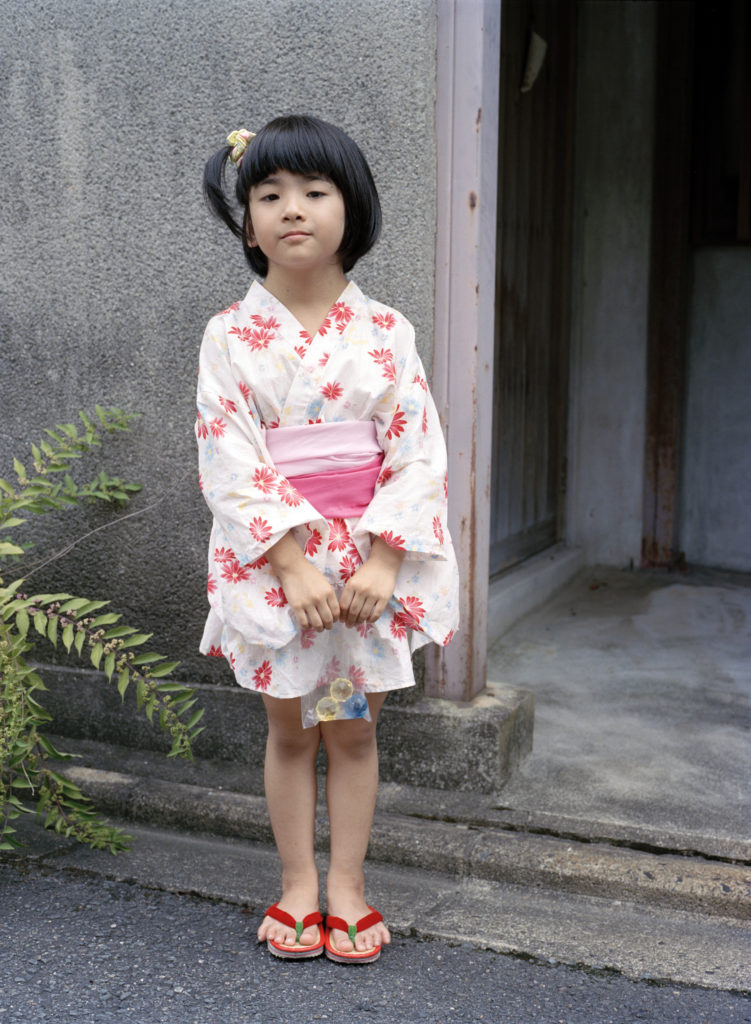
Conesti, Rumania ルーマニア Kyoto, Japan 京都
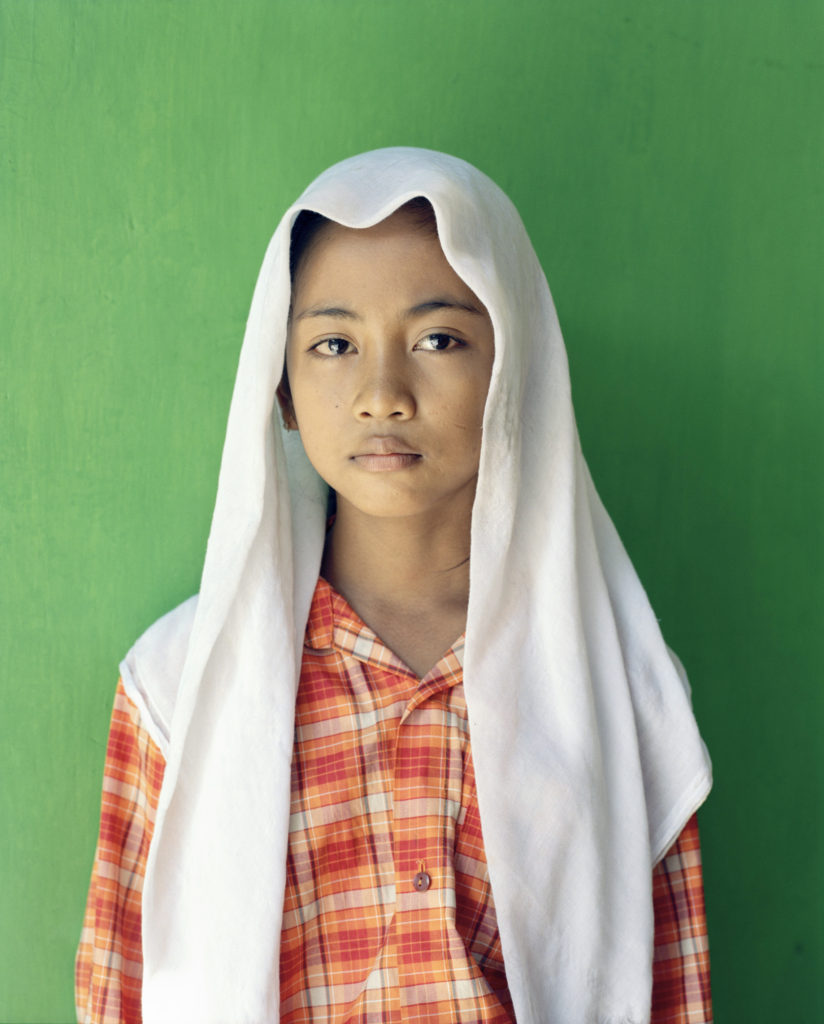
Mataram, Indonesia マタラム・インドネシア
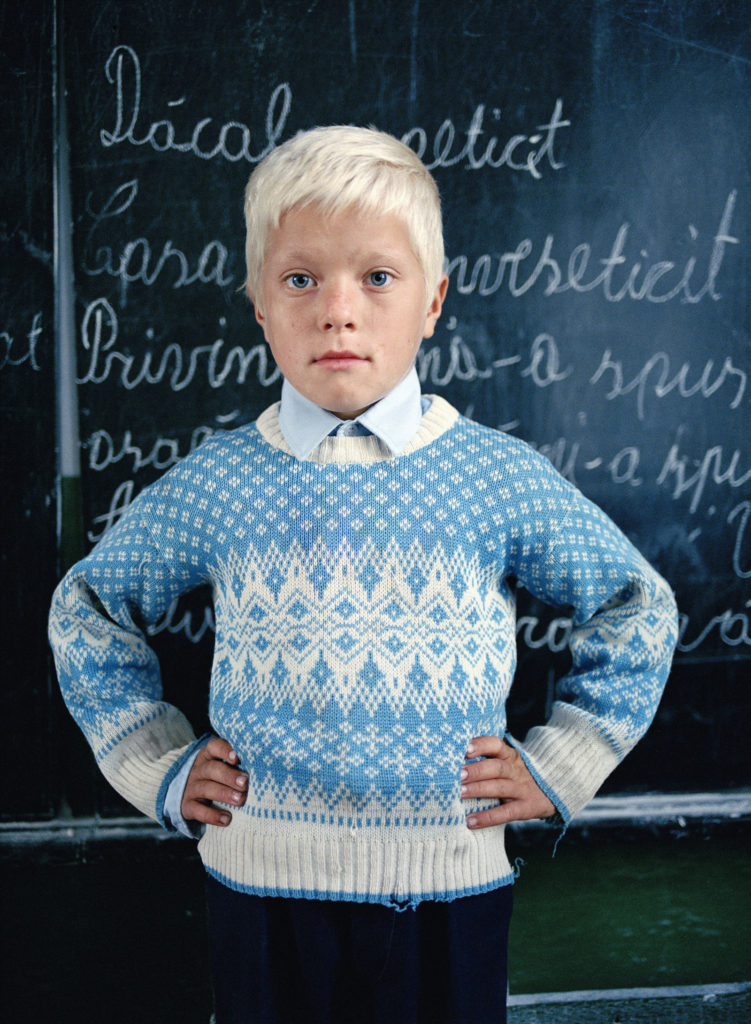
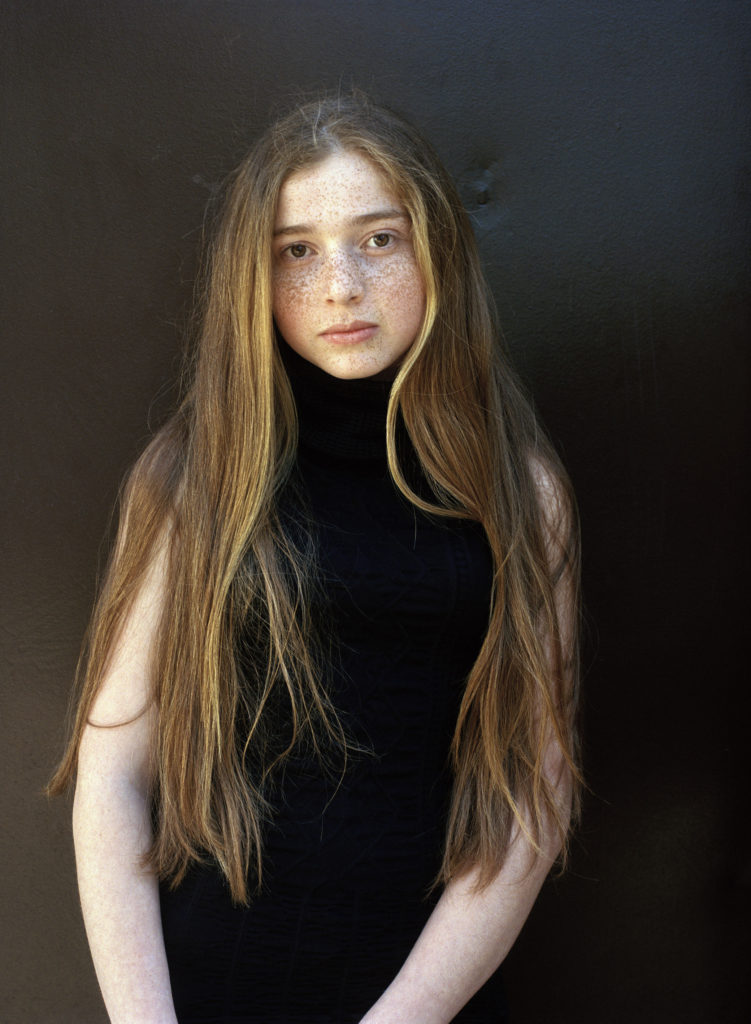
Priprava, Romania ルーマニア Souchoumi, Abkhazia スフミ・アブハジア共和国
-Is there any artist or photographer that has inspired your works? Any Japanese Artist you know?
When I started as a photographer I was inspired mostly by portrait photographers, like Anton Corbijn or Celine van Balen. Now photographers don’t inspire me so much. I think cinema, literature
and music are much more of an inspiration to me. Yes, I know a lot of Japanese photography. Noto by Nohagi Naka is one of my favorite photo books. Kamaitachi by Eikoh Hosoe is also amazing.
The early books by Rinko Kawauchi are full of treasure. And I could name a lot more…
-作品制作に影響を受けたアーティストや写真家はいらっしゃいますか?また、日本人で知っているアーティストはいますか?
写真家としてスタートした頃は、主にアントン・コービンやセリーヌ・ヴァン・バレンなどの肖像写真家に刺激を受けました。今は写真家からの影響はあまり受けません。映画や文学、音楽がより刺激を与えてくれます。
はい、日本人の写真家はたくさん知っています。中乃波木さんの「Noto能登」は私のお気に入りの写真集です。細江英公さんの「鎌鼬」も素晴らしいです。川内倫子さんの初期の写真集は宝物のようです。もっと色々
名前を挙げられるのですが。。。
-Are you currently working as an artist? Or do you also do editorial, advertisement and other commercial works?
I mostly work on my own projects and often those projects result in a photo book. I enjoy making books. Sometimes I do commercial projects as well, like portraits for a magazine, but mostly I am
busy with my own work.
-主にアーティストとして活動されていますか? もしくは雑誌や広告などのお仕事もされていますか?
主に自分のプロジェクトで仕事をしていますが、そのプロジェクトが写真集になることが多いです。本を作るのが好きです。時々、雑誌のポートレートのような商業的なプロジェクトもやりますが、ほとんどは自分の仕事で
忙しくしています。
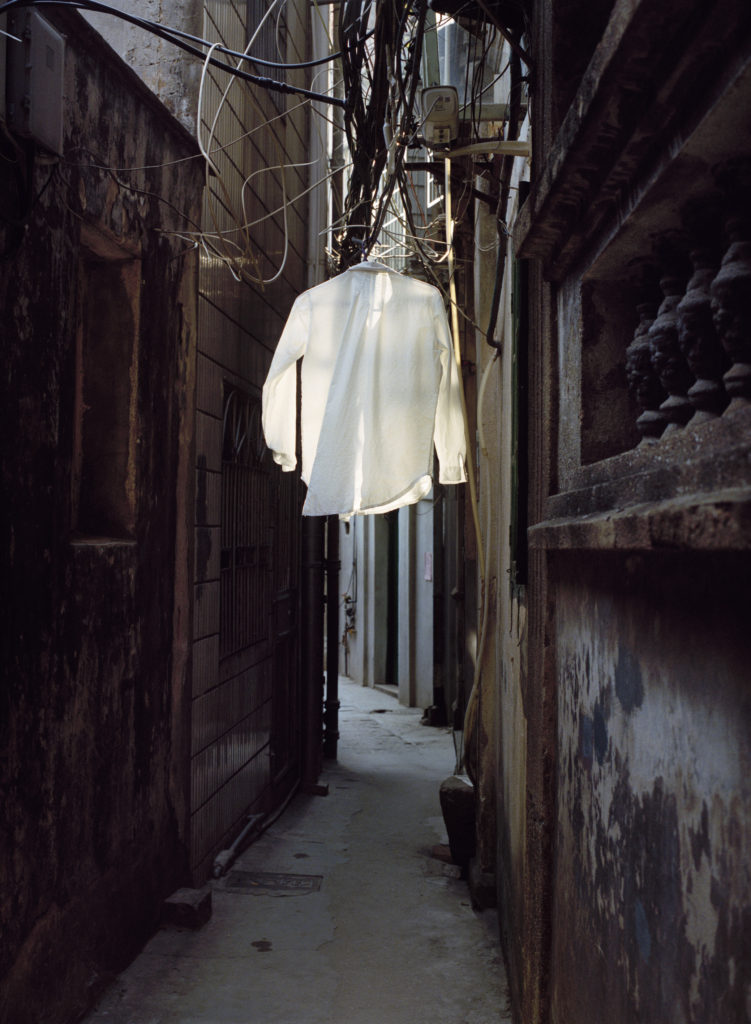
Xiamen, China 廈門市・中国
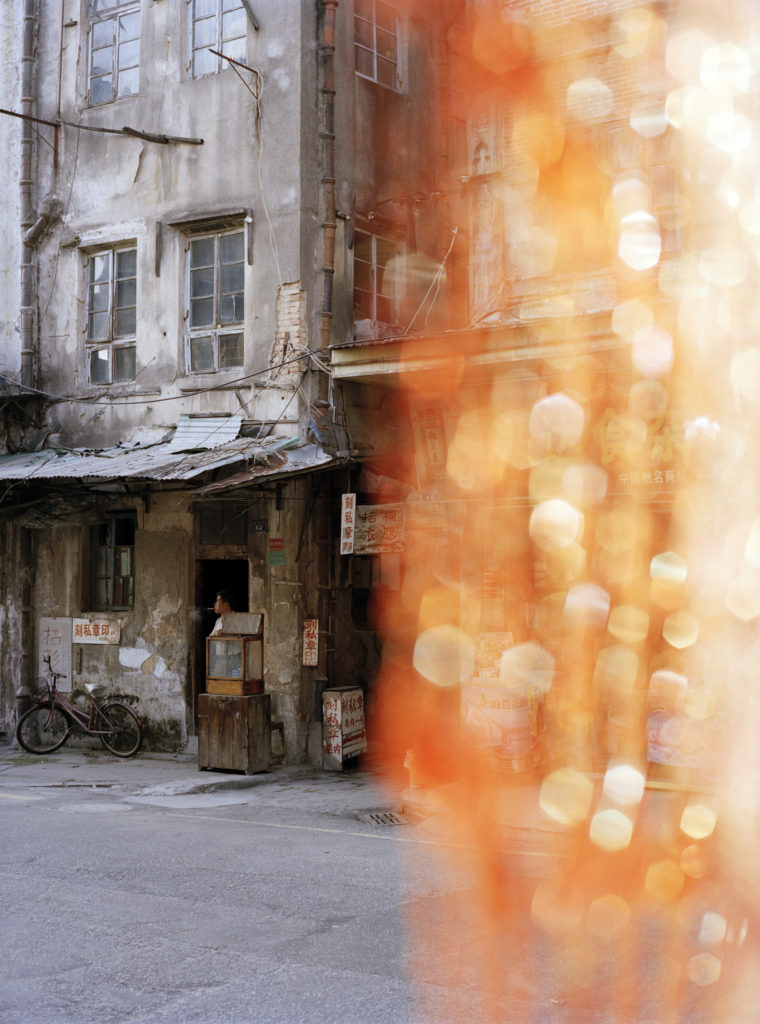
Shantou, China 汕頭市・中国
– Please tell us if you have something you want to do in the future or any project you already have in mind.
There is a Dutch writer who wrote a beautiful book of poetry in the 1930’s. The poems are about his experiences in Asia and I want to publish this book again and combine his poems with my
photos. In the last two years I went to China, Philippines and Japan and I illustrated most of the poems. Unfortunately I still have to take photos for the poems he wrote about Korea. I had a ticket
to go there in March, but then something unexpected happened to this planet… so I have to be patient now before I can finish my book.
-将来的に何かやりたいことや、今すでに考えていることがあれば教えてください。
1930年代に美しい詩集を書いたオランダの作家がいます。詩は彼のアジアでの経験について書かれていますが、私はこの本をもう一度出版して、彼の詩と私の写真を組み合わせたいと思っています。この2年間、私は中国、
フィリピン、日本に行き、ほとんどの詩のイラストを描きました。残念ながら、彼が韓国について書いた詩のために写真を撮らなければなりません。3月に行くチケットを持っていたのですが、この惑星には予期せぬことが
起こってしまいました。ですから、この写真集を仕上げるまでにはもう少し辛抱しなければなりません。

Yura, Japan 由良町・和歌山県
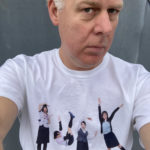
Marco van Duyvendijk was born in the Netherlands in 1974. He studied psychology in college and has applied his training to his work as a self-taught photographer and a striking portraitist. He has
traveled through Eastern Europe and Asia making work, and in 2014 published a photo book about Riko, a butoh dancer in Kyoto.

